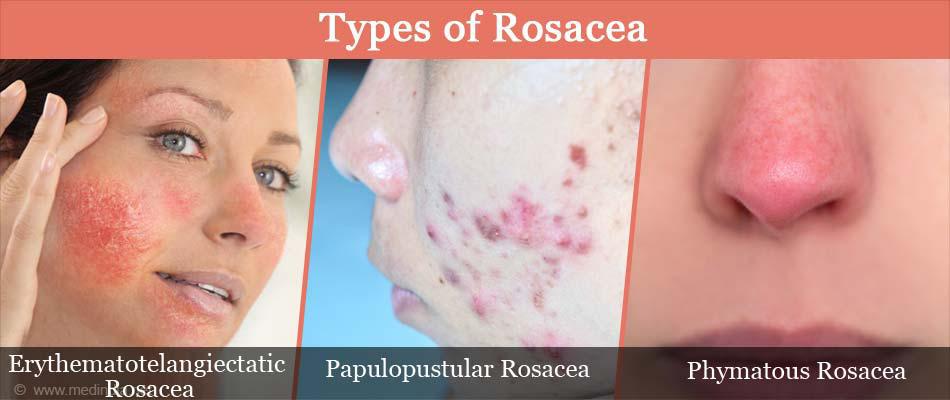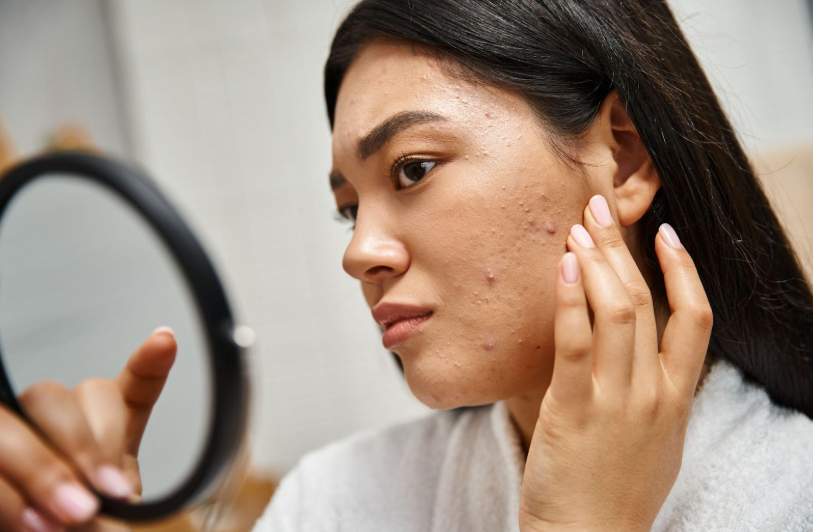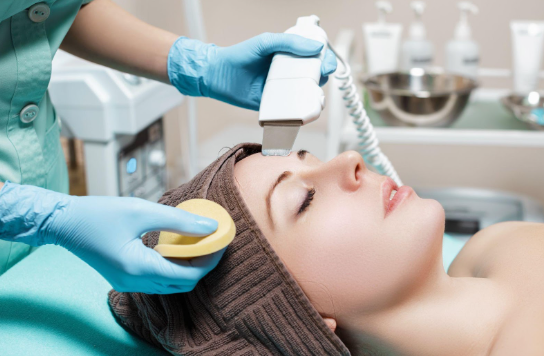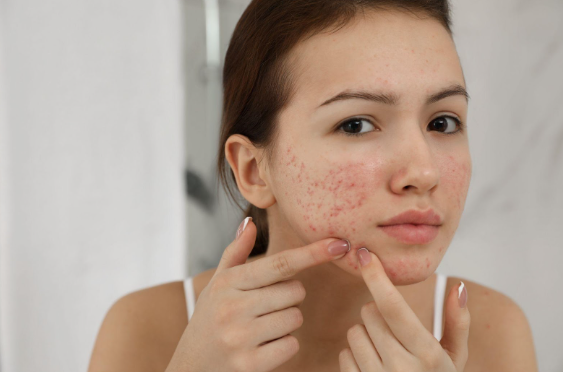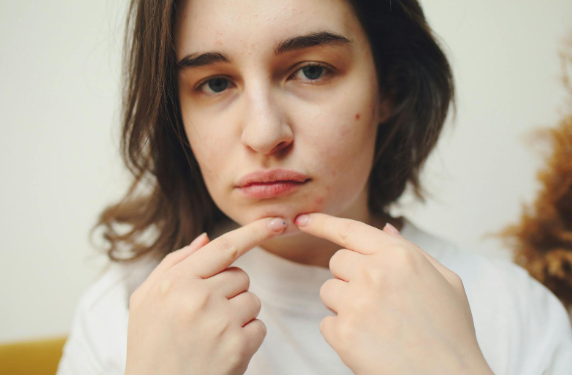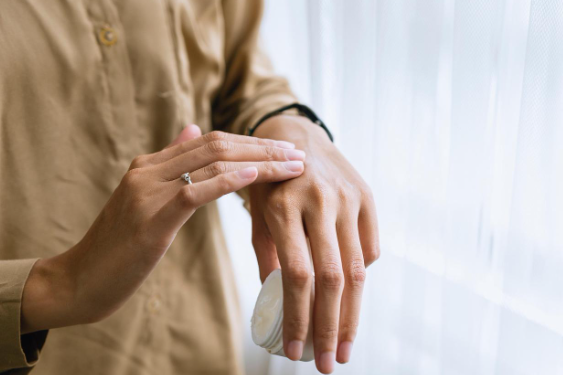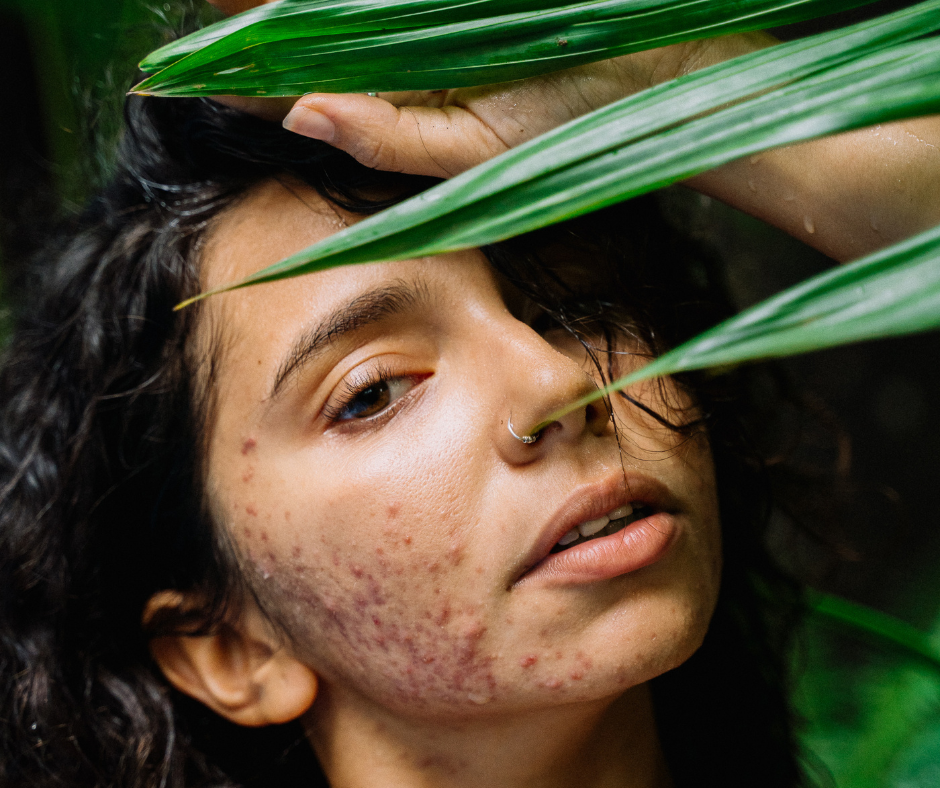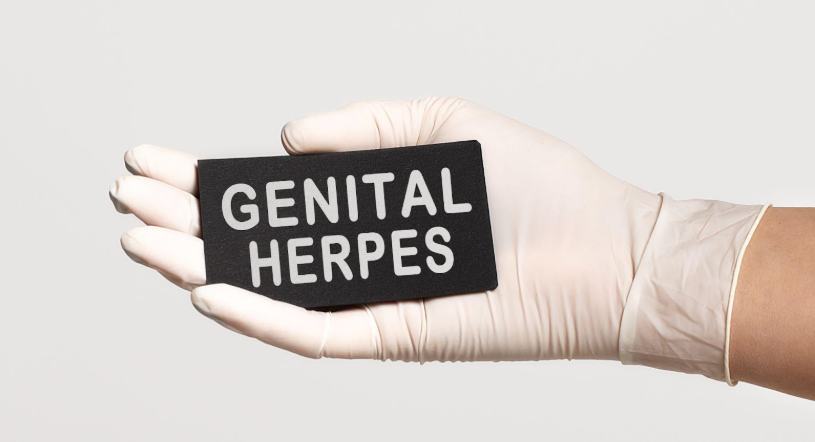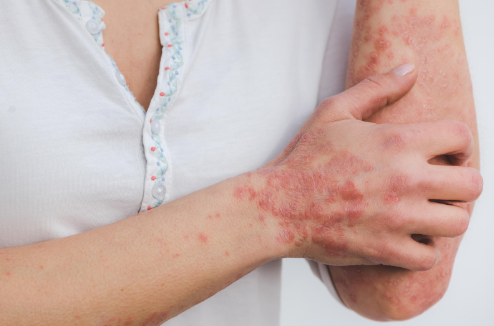Rosacea is a rather common skin disease that impacts millions of people worldwide. Famous faces that have rosacea include Bill Clinton and Princess Diana. What begins as an appearance to blush or flush more easily than other people can slowly spread beyond just the face, causing the affected skin to become extremely sensitive. Other areas that can fall victim to rosacea include the nose, cheeks, ears, back, and chest. These areas appear red and flush all the time. With time, people who have rosacea often see permanent redness in the center of their face. However, rosacea can cause more than just redness, in fact, there are four different variations of rosacea that a patient can have:
- Ocular Rosacea: appears as eyes that are red and irritated, swollen eyelids, and bumps that appear to look like a sty. The eyes can have one or more of the following symptoms: watery/bloodshot, burning or stinging, gritty (as if sand were in the eye), sensitive to light, blurry vision, cyst on the eye. Often times patients with this subtype may need to consult an ophthalmologist.
- Papulopustular rosacea: redness and swelling on the skin that mimics acne-like breakouts. The breakouts will appear where the skin is very red. Skin can burn and sting, be very oily, or may have raised plaques of skin.
- Erythematotelangiectatic rosacea: redness, flushing on the skin with visible blood vessels. People with this subtype often have very sensitive skin. Skin can be swollen, sensitive, burn, dry, roughness, and scaling.
- Phymatous rosacea: the skin affected has a thickness to it with a bumpy texture. This type can be common on patients who have rosacea on the nose. The skin will have a bumpy texture, with large looking pores, and can have very oily skin.
- It should be noted that a patient who has rosacea can have more than one type of rosacea, and each subtype requires a little bit different treatment.
Rosacea can affect more than just the skin and eyes. Because this disease is chronic and long lasting, it can significantly impact a person’s quality of life. In surveys done by the American Academy of Dermatology, people reported that rosacea caused problems for them at work, in their marriage, and with meeting new people. Some of the concerns people with rosacea have include:
- Worry: people with rosacea are often concerned that their condition will worsen or even cause scars. Patients often can become worried about the side effects of medicine they take for rosacea.
- Feelings of frustration and embarrassment: A survey conducted by the National Rosacea Society found that 41% of respondents said their rosacea caused them to avoid social interaction or bail on social events.
- Low self-esteem: In the same survey mentioned above, 70% of people who had rosacea said that their condition lowered their self-esteem.
- Work-related problems: Many people with rosacea have reported the condition affects their interactions at work.
- Anxiety & Depression: as with most diseases that can flare up unexpectedly, rosacea can cause patients to feel anxious about their condition.
The good news is treatment for rosacea is available here at Pine Belt Dermatology, and treatment seems to improve a person’s quality of life. Patients who have fewer signs and symptoms of rosacea report having a greater quality of life.
Before we discuss treatment and management options for the variations of rosacea, I’d like to spend a little bit of time discussing triggers that could cause the disease to flare-up. Rosacea flare-ups are more than a minor inconvenience. Each time the condition flares, and your skin flushes, it can stay red a little longer each time. As previously mentioned, rosacea makes the skin extremely sensitive, and because it is so sensitive, a plethora of offenders can cause your rosacea to flare. Anything from sun light to hairspray (imagine that) can cause an unexpected flare that can last for hours, causing your face to sting, burn, or itch for what feels like an eternity. Some of the most common triggers for rosacea are sunlight, heat, stress, spicy foods, alcohol, makeup, hairspray, some medicines, and windy or cold weather. For patients who have rosacea it may be discouraging to hear that sunlight and heat can cause your condition to flare up when heat and sunlight are just part of everyday life here in Hattiesburg, Mississippi. However, knowing your triggers and making simple changes in your daily life can dramatically reduce rosacea flare-ups. And it is important to note that triggers vary from person to person. It is vital to the treatment process to come see one of our providers at one of our locations in Petal, Hattiesburg, Ellisville, or Collins, Mississippi if you have rosacea so that we can help you determine what is causing your disease to trigger. With each repeated flushing treatment becomes more and more difficult. So how do you find out what triggers your rosacea? I’ve previously listed the most common triggers and so that is a starting point, but you may also have other triggers that are not as common. The National Rosacea Society has an online form, almost like a “rosacea diary”, to help you keep a log of potential triggers to bring to your dermatologist visit. Keeping a notebook of foods and beverages you consume, personal care products you use, certain things you are exposed to, and how serious the flaring symptoms are could serve the same purpose and be just as useful to your provider when trying to ascertain what the best treatment is. Once the triggers are discovered, any lifestyle changes you can make will help compound the efficacy of whatever treatment your provider selects.
Treatments for the disease vary based on what subtype of rosacea is present, so therapies are on a case by case basis. However, to give you an idea of what therapies may be recommended to you upon your visit I have grossly lumped them into the groups listed below:
- Sun protection – sunlight is the number one offender when it comes to triggers of rosacea.
- Topical therapy
- Oral medication
- Eye cleansers (for ocular rosacea)
- Antibiotics
- Laser therapies
- Surgery (for cases that cause the affected area to become extremely thick)
Rosacea is a very common disease that is vastly misunderstood. If you have flushing flares and are unsure what is causing them, or you have bumps that look like acne but do not behave like any acne you’ve ever seen before, make an appointment with one of Pine Belt Dermatology’s providers. We currently have four locations in the Hattiesburg-Laurel, Mississippi area and an online consultation service so we are an extremely accessible practice.
